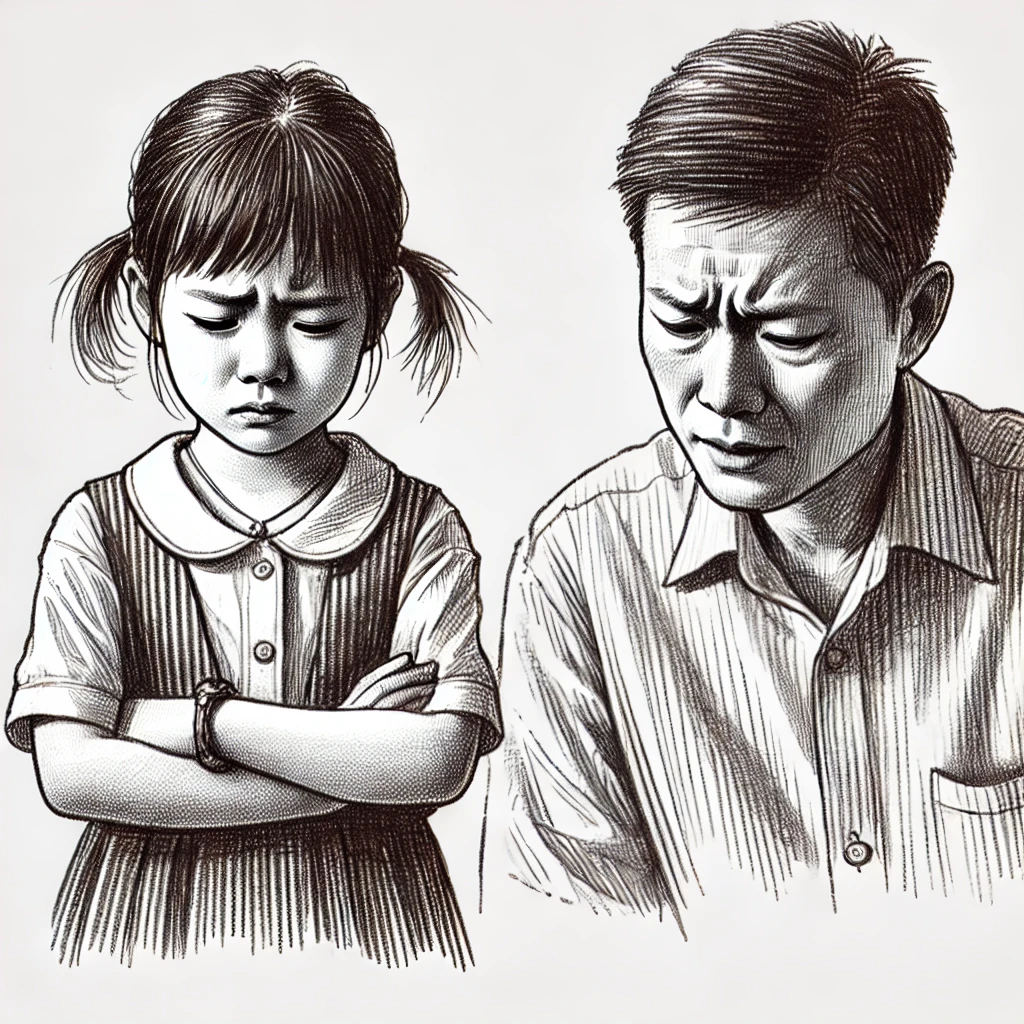Transmuting Loss into Gold
By Joseph Kuo
The family treasure, smashed to pieces
Today, during a hide-and-seek game with her friends, my 11-old daughter fell while running. Her momentum carried her knee right into a 300-year-old jade antique, smashing our most treasured and priceless heirloom into pieces.
The jade sculpture was to be the centerpiece of a legacy for our children. I wanted them to be proud of where they came from, to be inspired by beauty and excellence, and to remember my love for them. Seemingly the grandeur of that legacy vision was shattered along with the jade.
Upon seeing the broken sculpture on the ground, my mind flooded with so many emotions: sadness of losing a rare antique forever; guilt for failing to keep the family treasure safe; anger at my daughter’s carelessness; shame about my own ineffective parenting. All these intense emotions buffeted me like furious waves in a storm.
In front of me, I saw a little girl wracked with guilt. She’d always felt she was clumsy and was now on her way toward believing that she couldn’t be trusted.
Staying true to my values
Thankfully, all the work I’d done by then around grief, loss and integrity started kicking in. I took some deep breaths to open up my diaphragm and get more oxygen to my brain. I then got very clear on the values that would guide me here: how I show up with my children, and what I stand for.
I realized that, no matter what happens, I want my daughter to know how important she is to me, and I want her to live a joyous and fulfilling life. The jade sculpture is shattered, but our relationship and her self-confidence must not be. I must find a way to use this moment as an opportunity to create a memorable story to retell for generations to come. After all, isn’t that what legacy is about?
Lessons hand-in-hand with legacy
Sitting with my daughter, we first had to confirm the loss, her accountability, and the consequences of her act. I let her express her own sadness over the broken heirloom. She recognized that, by her and her friends’ running so carelessly around the house, she was responsible for its destruction, even if one of her friends had broken it rather than her.
As to consequences, there were two. First she had to give up all use of electronics for a week, which she griped but accepted. And second, she would have to tell her grandma and grandpa that she had broken the family heirloom and directly experience their dismay and sadness.
But here was the pivotal moment. I hugged her and told her that no matter what she ever did, I would always love her deeply. To counter her forming the negative self-judgment that she was clumsy or irresponsible, I invited her to find what she could learn and apply to her life going forward. She said she now realized that there were many delicate and valuable things that she must be super-careful around, and not get carried away in her play around the house. She recognized that if she wanted to be trusted, she needed to show she respected and took care of things that were important to others.
I watched as the fear and guilt dissipated from my daughter’s eyes and the confident, playful little girl returned. She knows she is loved, learned a valuable lesson about playing safely; and understands there are consequences to actions. I suggested to her, perhaps some day she’ll tell her own children the story about the little girl who broke the family heirloom.
Key Take-aways:
A child’s innocent carelessness can have destructive consequences.
It is vital to have clear values and hold to them in stressful situations.
Balancing compassion, discipline and accountability while guarding a child’s self-esteem is a narrow and tricky path, but navigable with clear values.
Even a tragic experience can bring forth valuable lessons.

